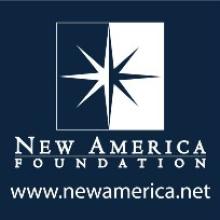Open Technology Institute Report Offers Overview of Public Broadband Options
Image

The Open Technology Institute at the New America Foundation, along with ctc Technology and Energy, have released an overview of options for local governments that want to improve Internet access. The report is titled, "The Art of the Possible: An Overview of Public Broadband Options."
The paper has been released at an opportune time, more communities are now considering what investments they can make at the local level than ever. The Art of the Possible offers different models, from muni ownership and partnerships to coops. The paper examines different business models and assesses the risk of various approaches.
It also includes a technical section for the non-technical to explain the differences between different types of broadband technology.
From the introduction:
The one thing communities cannot do is sit on the sidelines. Even the process of evaluating whether a public network is appropriate can be beneficial to community leaders as a means to better understand the communications needs of their residents, businesses, and institutions and whether existing services and networks are keeping pace. The purpose of this report is to enable communities to begin the evaluation of their broadband options. The report begins with an overview of different network ownership and governance models, followed by an overview of broadband technologies to help potential stakeholders understand the advantages and disadvantages of each technology. It then provides a brief summary of several different business models for publicly owned networks. The final two chapters focus on the potential larger local benefits and the risks of a publicly funded broadband project.


